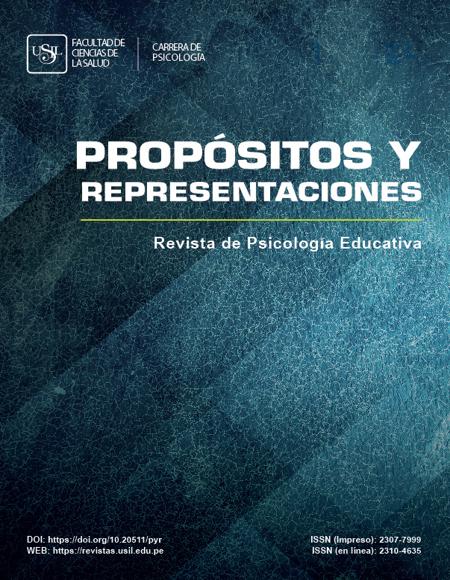Examining the Factors Affecting University Students’ Participation in Recreational Activities
Examining the Factors Affecting University Students’ Participation in Recreational Activities
##plugins.themes.bootstrap3.article.main##
This research is a study with the aim of determining the factors that affect the participation of students from different faculties in the university in recreational activities. Thus, it is aimed to reveal the factors affecting the participation of students from different faculties in the university to recreational activities and to develop recommendations on what they should do about their participation in recreational activities given to universities in the current laws. There are many factors that affect the leisure time preferences of individuals. Determining these elements will guide planners and managers in determining the adequacy, content and appropriateness of recreation and leisure activities to be developed. In the study, students from different faculties in the university participated in the survey with the participation of a total of 156 volunteers, 98 female and 58 male, in the province of İzmir. As a data collection tool, the “Personal Information Form” and the data related to the factors (motivation) that affect participation in recreational activities were obtained by using the scale developed by Beard and Ragheb (1980 and 1983) and adapted to Turkish by Karlı et al. (2008). The scale consists of 34 items. The data obtained were analyzed using the SPSS 23 program. It was tested with “t-test”, “ANOVA” to obtain statistical results. “Tukey post hoc” test was used to determine which groups caused the significant difference. As a result of the research, when the factors affecting students’ participation in recreational activities were examined, it was concluded that the factor with the highest average is “to discover new things”. The statement with the lowest average in the scale was “to gain the respect of others”. In addition, according to the sub-dimension averages, it was seen that the most effective factor in the participation of individuals in recreational activities was the unattractive - attractive factors, and the least important factor was sociability.














